The Magic of Tadoku: “Extensive reading” in Japanese
/This is the English version of an article I wrote last year which is now published in a Japanese book! 日本語多読 上 ~広がり深化する多読 (Nihongo Tadoku Jou: Hirogari Shinka Suru Tadoku) is an introduction to Japanese extensive reading that incorporates new practices, research, and knowledge.
How I discovered Tadoku
Ever since a short trip to Japan when I was 19, I’ve been obsessed with the Japanese language. After university I moved to Japan, where I worked in Nagoya city for four years. On returning to the UK in 2014, I started teaching Japanese in Brighton at my school, Step Up Japanese.
At Step Up Japanese, I teach group classes from beginner to intermediate level. Sometimes I have Japanese volunteers who come and help me out, but usually I teach all the classes myself.
My students are all adults, who typically come once a week for a 90-minute class. They’re often learning Japanese in order to travel to Japan, or as a hobby. Most students have English as their first language, and for many of them, studying Japanese is the first time they will have encountered a language that uses a different writing system to the Latin alphabet.
Learning to read and write Japanese is not easy. And since my students only have one class a week, some find it difficult to memorise hiragana and katakana (the two basic “alphabets” of the Japanese writing system). At the intermediate stage, too, I knew that my students wanted to read books and manga in Japanese, but I noticed that they often struggled to find level-appropriate reading material.
I could see that students at all levels would benefit from more reading practice, so in 2018 I decided to start a new course devoted to reading.
Up until that point, I’d mostly assigned reading practice as homework – conventional “reading comprehension” tasks. My students would often say that this kind of homework was difficult. I was using materials from the workbooks that accompany the textbooks used in class, but the exercises were often more challenging than the textbook material we’d studied in class. Students could only read these texts if they used a dictionary. And even where they could understand the exercises, they didn’t seem to find them particularly interesting.
In higher level classes, we’d tried other things such as reading yonkoma manga (four-panel comic strips) together, but students usually found this difficult too. Students enjoyed the yonkoma manga class, but I’d end up translating into English so they could understand.
I had started to wonder if there might be another way. There were so many interesting books and manga that my students would enjoy, yet here they were, reading uninspiring comprehension texts. I looked online, and that’s when I discovered the Tadoku study method.
Tadoku, sometimes called extensive reading, is the practice of learning a language by reading lots of books. In Tadoku, you read materials that are slightly below your current study level. You’re encouraged to skip words and phrases you don’t understand, and the focus is on reading for pleasure.
I thought this could be great to try out with my students, so I ordered some graded readers from NPO Tadoku.
I was a bit nervous about starting a Tadoku course. What would I, as the teacher, do while students were reading – just sit there? If students wanted to practise solo reading, they could just do that at home, couldn’t they? Who was going to sign up for a reading course where you read silently on your own...?
Seeking reassurance, I bought NPO Tadoku’s book, Nihongo kyoushi no tame no tadoku jugyou nyuumon (“An Introduction to Tadoku for Teachers of Japanese”), which had lots of useful case studies and practical advice. I was particularly encouraged to read that all you need to start a Tadoku group is a few basic components: level-appropriate books, a place to read, and a teacher (or “supporter”).
The Tadoku books arrived from Japan, and they seemed a good level for my students. But I was still apprehensive – would my adult students really want to read ‘The Three Little Pigs’ in Japanese?
I flipped through the book, and was surprised – it was so fun! The writing flowed beautifully, and the pictures were cute too. Before I knew it, I was reading the book aloud to myself.
2018: Trying out Tadoku
My Tadoku courses are short – six sessions of 55 minutes each. In each session, the first 45 minutes is devoted to solo reading, and the final 10 minutes are for “book talk”, when students chat in small groups about what they’ve read (mostly in English, but sometimes in Japanese).
All I had prepared for that first course was the set of graded readers from NPO Tadoku, and some free Tadoku books I’d printed from online. However, in the very first session I realised I was going to need more books! I actually didn’t think my students could read so fast in Japanese. Pleasantly surprised, I ordered more graded readers from Japan.
A reading revolution...?
I started learning Japanese in 2007, but it was 2012 before I read a whole book in the language.
When I started to study Japanese, I dreamed of one day being able to read Haruki Murakami’s ‘Norwegian Wood’ in the original Japanese. I did try and read manga and novels quite early on, but they were too difficult and I’d soon give up. There were so many words I didn’t know, and I’d look each word up in the dictionary, so the process was slow and a bit painful.
(Now, I love reading Japanese novels. But it frustrates me that it took so long to get to this point, and that it wasn’t always an enjoyable process…)
That summer in 2018, halfway through the Tadoku course, I went to Lisbon on holiday. I drank beer on the beach and read ‘Convenience Store Woman’ in the original Japanese.
This time, I didn’t use a dictionary at all. I just tried to read according to Tadoku principles, skipping over unfamiliar words and phrases – and it was a lot of fun. I finished the book much more quickly than I expected, and because I wasn’t using a dictionary, I was able to truly lose myself in the story.
I’d never experienced this with a Japanese book before. I realised that my concept of what it means to “read Japanese” had changed completely.
So Tadoku has been revolutionary for my students - but it had a huge impact on me too.
If only I’d known about Tadoku in 2007 – I could have read a lot of fun books in those first five years!
2019: Adding manga and picture books to the mix
The feedback from students was great, so in 2019 I held another 6-week summer course, and about half of the students were returnees who had attended the previous year.
As well as the graded readers, I added in some more easy-ish manga as well as some picture books. Children’s picture books with simple Japanese, like Tarō Gomi’s Dareka ga imasu (“Somebody’s There”) and Katsu Kiuchi’s Yasai no onaka (“Inside Vegetables”) were popular with my students, especially the beginners.
2020: Trying online Tadoku
Due to the covid-19 pandemic, in March 2020 I moved all my teaching online, and so the 2020 Tadoku course moved online too. As before, it was six sessions, with a maximum of 12 students, and it sold out quickly.
(Also, because this course was online for the first time and all the materials we used were free online resources, I offered this course at half price.)
At the start of each Zoom session, I’d show students some new books and resources, and then I’d put them each into their own individual breakout rooms for the reading session. I’d visit each student in turn, checking they were okay, talking to them about what they were reading, and making suggestions where appropriate.
As before, the last 10 minutes was devoted to “book talk”, where students talk in pairs or threes. This year, I also suggested that students keep a reading log of what they’d read and what they thought of it.
My impression is that more students listened to the audio files that accompany the graded readers, probably because these materials were easier to access when attending an online course. I also showed them some YouTube videos of kids’ books being read aloud, which proved popular too.
Students’ responses to Tadoku
Tadoku is probably the most popular course I run at Step Up Japanese.
Sara has been a student of mine for several years. I interviewed her about Tadoku in Summer 2019, when she was at Upper Beginner level, and reading Level 0 and 1 Tadoku books. Here’s what she had to say:
“It’s just reading, really, in my case the simplest books there are, but they’re actually really cute little stories. And it’s quite nice to come back from work and just sit there, and you’re getting your practice in but it doesn't feel quite so much like practice, because you’re focusing on the story.”
We asked Sara what she’d read that day, and to tell us what happens in the story:
“The country mouse went to the town mouse’s house, and found out how scary everything was, because there’s people and cats, and all the rest of it. It took me to nearly the end of the book and suddenly I realised I did actually recognise the kanji for ‘town’, and then I figured out what the two words in front of ‘mouse’ were.”
From this comment, we can see that Sara was able to follow the story, a Japanese translation of ‘The Town Mouse and the Country Mouse’, well. She skipped over words and phrases she didn’t understand, and then afterwards, she was able to realise what the word machi ( “town”) meant.
David has attended Tadoku courses at Step Up Japanese three summers in a row, and when I interviewed him in 2019 he was reading at around Level 2:
“I enjoy Tadoku, as it gives me the opportunity to read Japanese, without the pressure of trying to understand every single word.”
Of course, not all the feedback is positive all the time! Some students feel that it’s simply impossible to read without using a dictionary, and some aren’t interested in reading children’s books.
Because we are in the UK, some students don’t come into any contact with any Japanese outside of our lessons. For some of these beginner students, who are still learning hiragana and katakana, even at Level 0 there are some Tadoku books which are too difficult. In the classroom, I’d be able to recommend kids’ picture books to those students, or suggest easier books within the Level 0 framework. Online, I guided them towards YouTube videos of kids’ books being read aloud.
After our first session of the 2020 Online Tadoku course, I got this email from another student. He’d read the book Tamago (“Eggs”) once in the Tadoku session, and then read it again after the session because he enjoyed it so much:
Translation:
“Tamago (‘Eggs’)
I first read Tamago in Tadoku class. Today I read it again. I like books about food, so Tamago was fun. I learned some new words.”
This student usually emails me in English, and this is the first reasonably long email he’s sent me in Japanese.
There are some grammar mistakes in his Japanese message, but it’s clear exactly what he wants to say. But why, after the first Tadoku session, did he think to email me in Japanese?
He read a fun book, enjoyed it, and felt confident to write an email in Japanese. That’s amazing, isn’t it? And some of this confidence must have come from Tadoku.
What’s next?
Building on the 2020 Online Tadoku course, I’d love to run Tadoku courses not only as summer courses, but also as short courses at other times of the year too.
I’ve run a “Learn Japanese with Netflix” course before, where students watched Japanese drama and reality TV shows together, but we haven’t tried “solo watching” yet. I’d really like to try out a Ta-kan (“watch-a-lot”) course with my students too! Maybe next year...
- Fran Wrigley, Step Up Japanese, Brighton, UK
- More about Step Up Japanese: www.stepupjapanese.com
- Watch a video report (in English/Japanese with subtitles) about Tadoku at Step Up Japanese: https://www.youtube.com/watch?v=Abn6vzQNmT0
- Follow Fran on:
Twitter twitter.com/stepupjapanese
Instagram instagram.com/stepupjapanese
Facebook facebook.com/stepupjapanese





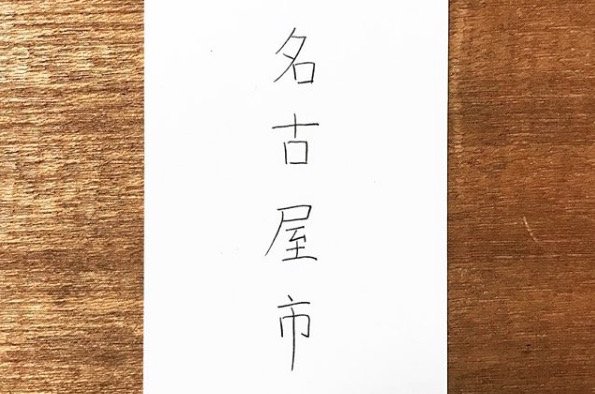

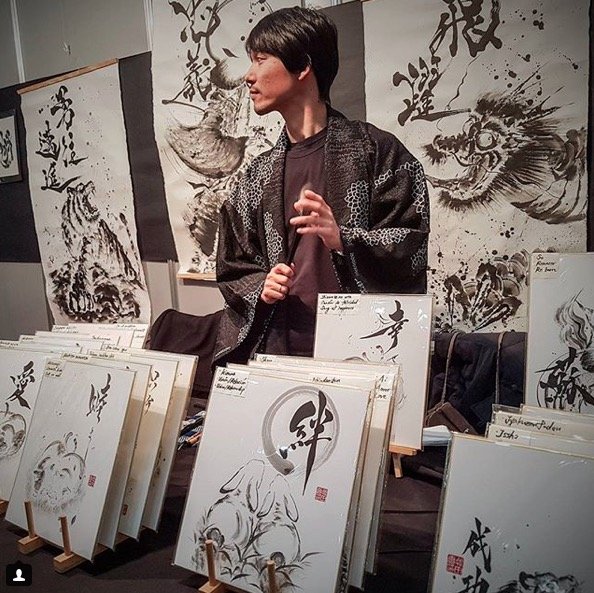
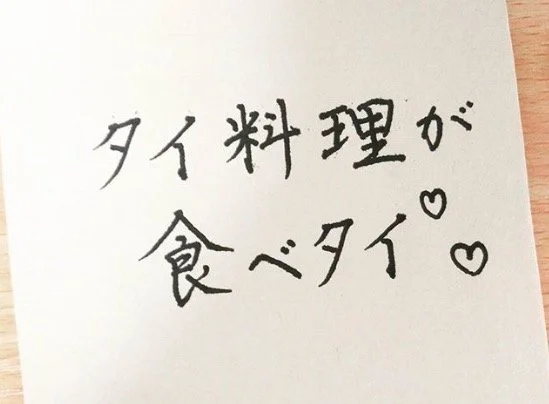







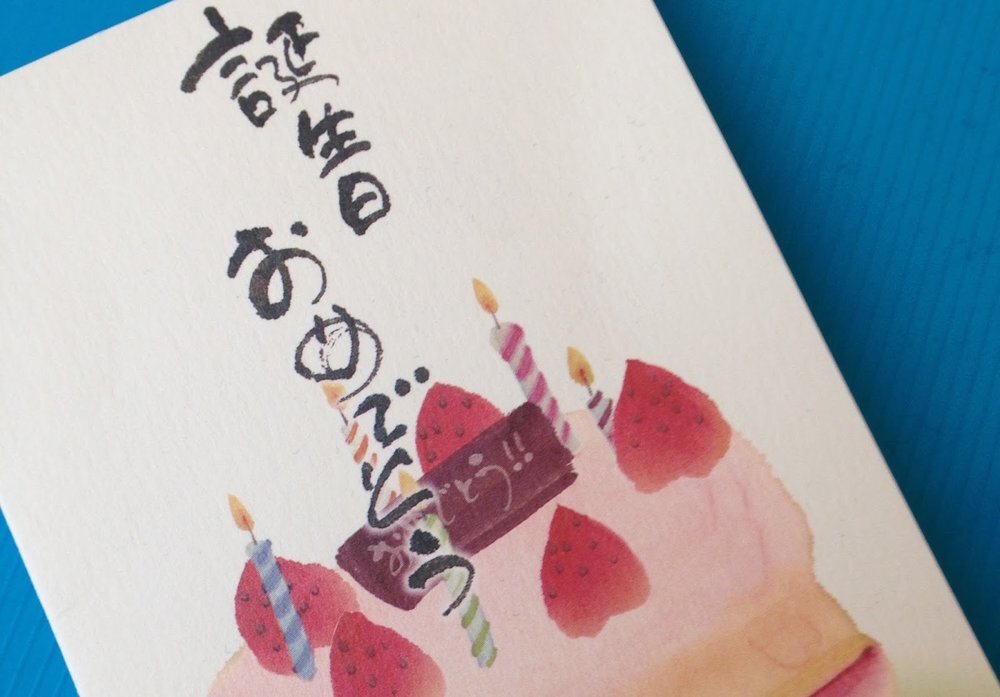




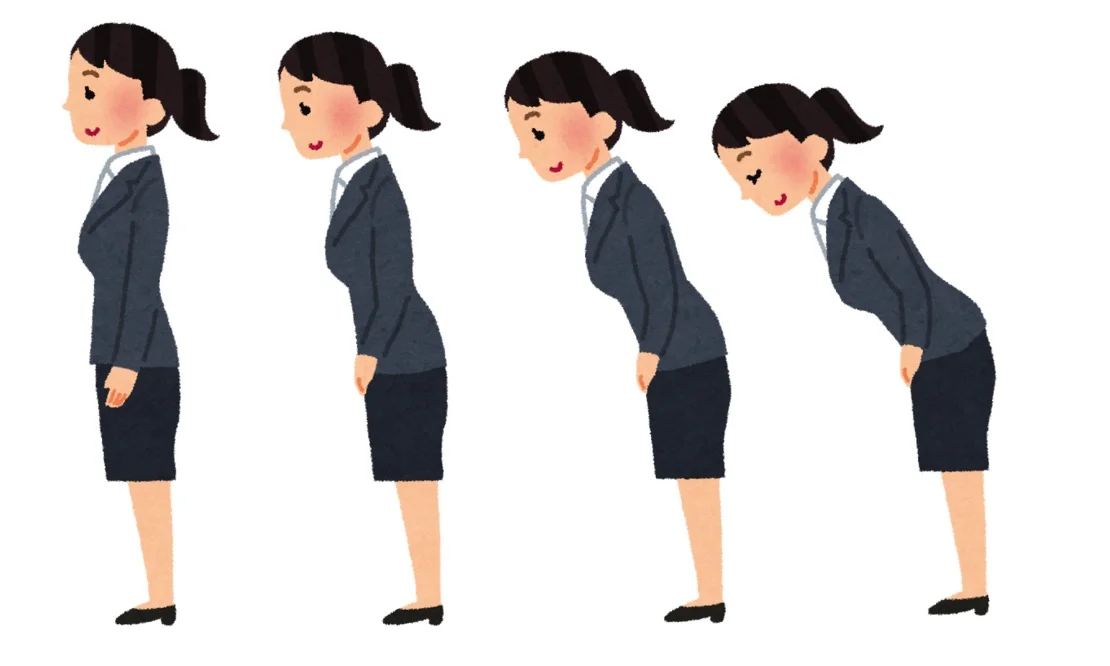









Like many people in the UK, I studied French in school. I liked French. I thought it was really fun to speak another language, to talk with people, and to try and listen to what was going on in a new country. (Still do!)
When I was 14 we went on a school exchange to the city of Reims, in northeastern France. I was paired with a boy, which I’m sure some 14-year-olds would find very exciting but which I found unbearably awkward. He was very sweet and we completely ignored each other.
That was nearly 20 years ago, and I didn’t learn or use any more French until, at some point in lockdown, I decided on a whim to take some one-to-one lessons with online teachers. Here are some things I learned about French, about language learning, and about myself.